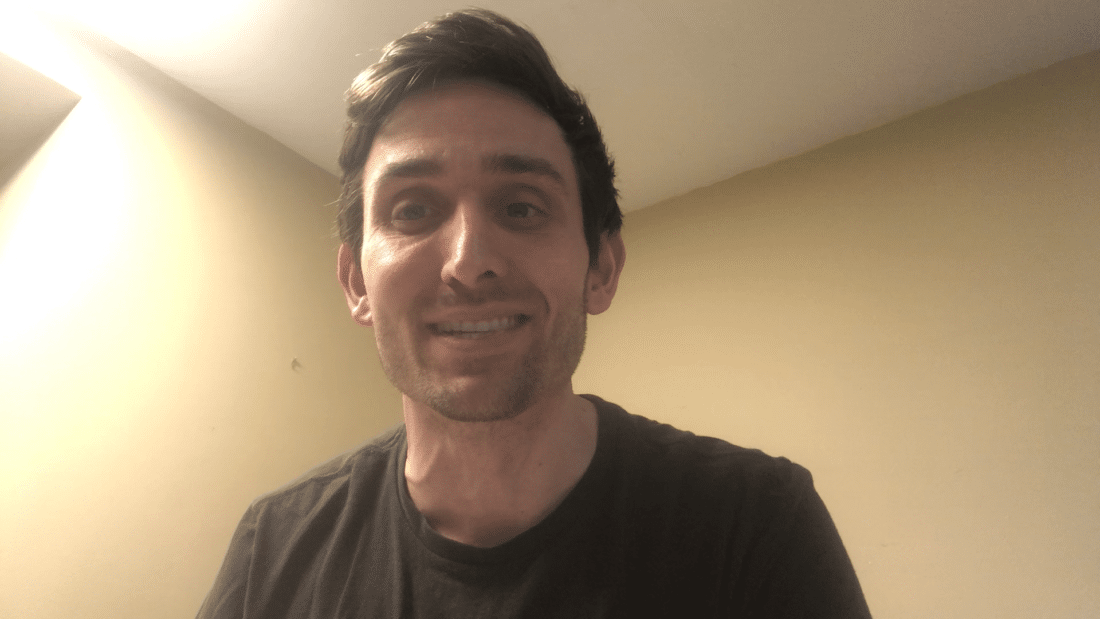It’s easier to get started on this stuff than I think people make it out to be.
Adam Lovallo is the Founder at Thesis, a conversion rate optimization company. Thesis uses its proprietary platform to build and optimize landing pages and onsite experiences. Lovallo is also the co-founder of Grow.co and the MAU Vegas Conference. He got his start in growth marketing at Living Social.
In this episode of Velocitize Talks, Lovallo shares his insights into how brands can use landing pages to optimize their conversion rates.
Optimizing Conversion Rates (2:03)
A lot of times the marketing organization is distinct from the product organization internal to these companies. You might have a lot of money flowing into these paid search campaigns but it’s driving to a sub-optimal product page.
“Online product discovery and purchases should be intuitive,” says e-commerce expert JT Hamman of EYStudios. Presenting customers with a clear path will minimize the cognitive load at each step towards a purchase, increasing the chances of conversion.
If a brand runs a targeted campaign on a specific product, but then dumps a customer on a random product page with 50 different products, there’s a good chance they’ve lost that customer. “You go from this really crafted audience targeting strategy, to this really thoughtful ad creative that talks about all of the amazing elements of your product or products,” Lovallo says. “Then you just randomly put them on a page on their phone that lists 50 sweaters with no context.”
That’s a buyer’s journey fail. It’s important the marketing and product teams create a customer journey that optimizes their campaign goal.
Smooth Landing Pages (3:07)
That’s one of the truisms of e-commerce in particular: every product page basically looks identical, every browser page basically looks identical.
A great user experience should be a website’s priority. As a company, Thesis believes that landing pages are key to conversions. Landing pages have a tight focus that hones in on one action you want your visitors to take. The pages have zero distractions so there’s nothing competing for a buyer’s attention. Additionally, landing pages allow a brand to test out different messaging, platforms, and placements to see what converts their target audience.
According to Kissmetrics, a landing page needs to be targeted, focused and relevant. Thesis has identified four key landing page types: quizzes, content, forms and heroes. Landing pages are often under-optimized and under-resourced although they can yield significant conversion rates.
Values-Driven Conversions (5:14)
I don’t think you get nearly as much conversion rate credit for having a values-driven program or plan in place than when you were first launching and had to differentiate.
There is always the question of the long-term effect a company may see by establishing itself as a value-driven brand. Lovallo believes that type of articulation is beneficial as a point of differentiation at a company’s launch. He points to Bombas as a brand that has one of the most successful executions of the values-driven strategy.
Bombas created a re-engineered sock, a very common good, but they differentiated by tying in their sock to a social good program. For each sock bought, they would give away a sock to a homeless shelter. Lovallo points out that five years later, their program may not be a message that is moving conversion rates in their marketing. He says that it is probably “pretty de minimis” because now it’s a consumer expectation of the company.
Conversion Lift (7:08)
What’s my incremental return from this investment? I wish that the digital advertising ecosystem made that more of a central tenet or feature of how their stuff works.
Incremental testing, or conversion lift, helps marketers distinguish between organic traffic from paid campaign referrals. This calculation can be beneficial in order to direct digital marketing spend to the correct channels. Facebook has one of the better incrementality measurement tools, Lovallo says, but for other paid channels, it’s not as simple. That’s a pain point for him.
Lovallo gives the example of going from an offline sales world where it was difficult to attribute efficacy of different marketing channels to online ads with pixels where it is easier to attribute results. But it’s still not clear exactly what is driving the results when there’s ambiguity in the true conversion source. This is especially true when online ad platforms want to take credit for conversions in order to persuade brands to continue to place ads with them.
Gaining Traction (10:23)
There’s a Traction book specifically pertaining to growth marketing, written by two very well respected growth marketing luminaries or thought leaders. I think it’s spectacular.
Traction: A Startup Guide to Getting Customers, by Gabriel Weinberg and Justin Mares, provides startups with the framework successful companies have used to gain traction. The book summary reads, “Founders and employees fail to spend time thinking about (and working on) traction in the same way they work on building a product.”
This approach is short sighted and all but ensures failure. As the one book Lovallo recommends to everyone as a “growth marketing jump starter book,” he likes how the authors go chapter by chapter discussing the major marketing channels one by one. It also shows brands the best channels they need to focus their marketing efforts and get traction.
For more information on Thesis, check out their website and follow them on LinkedIn. To stay up to date with Lovallo, follow him on LinkedIn.
